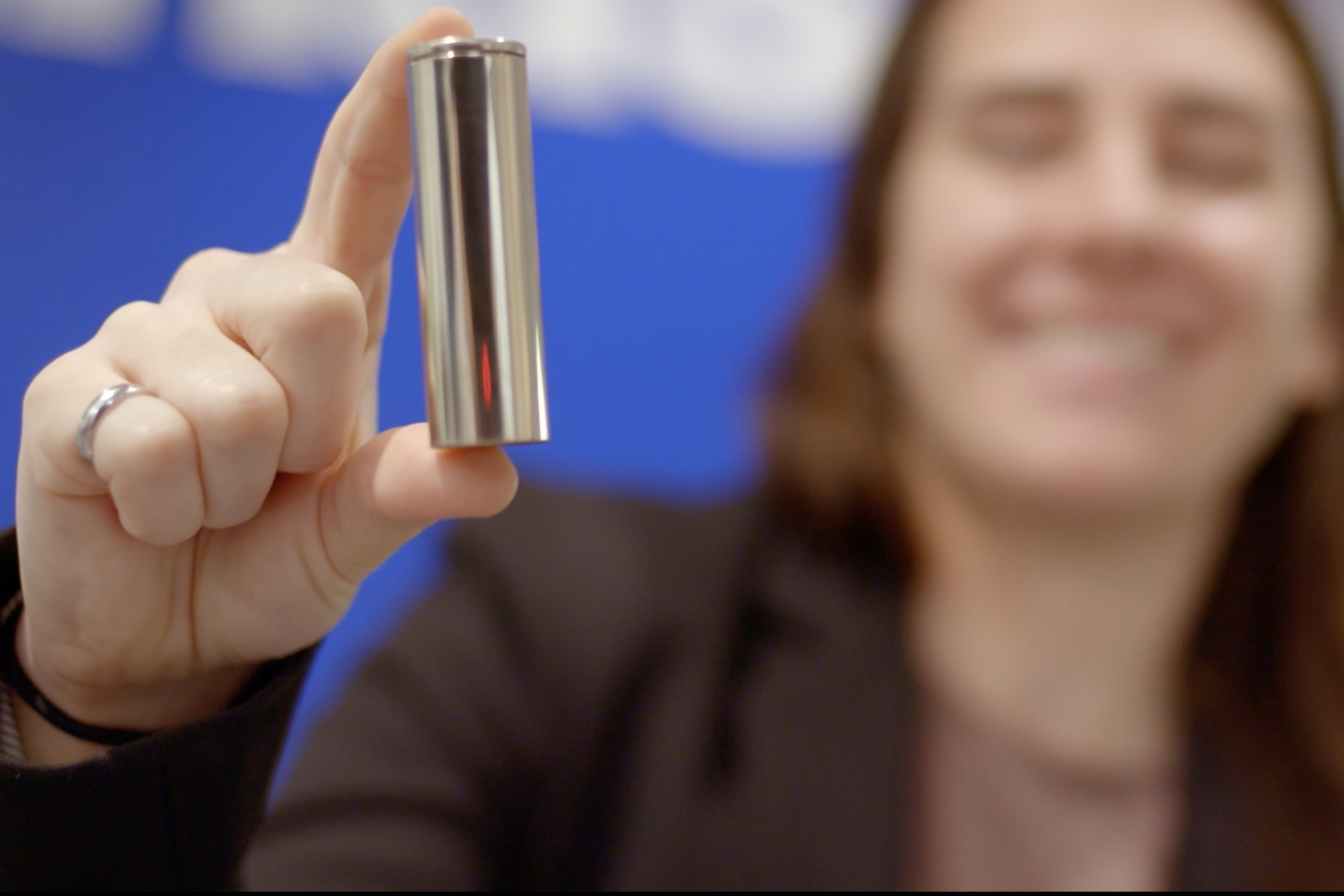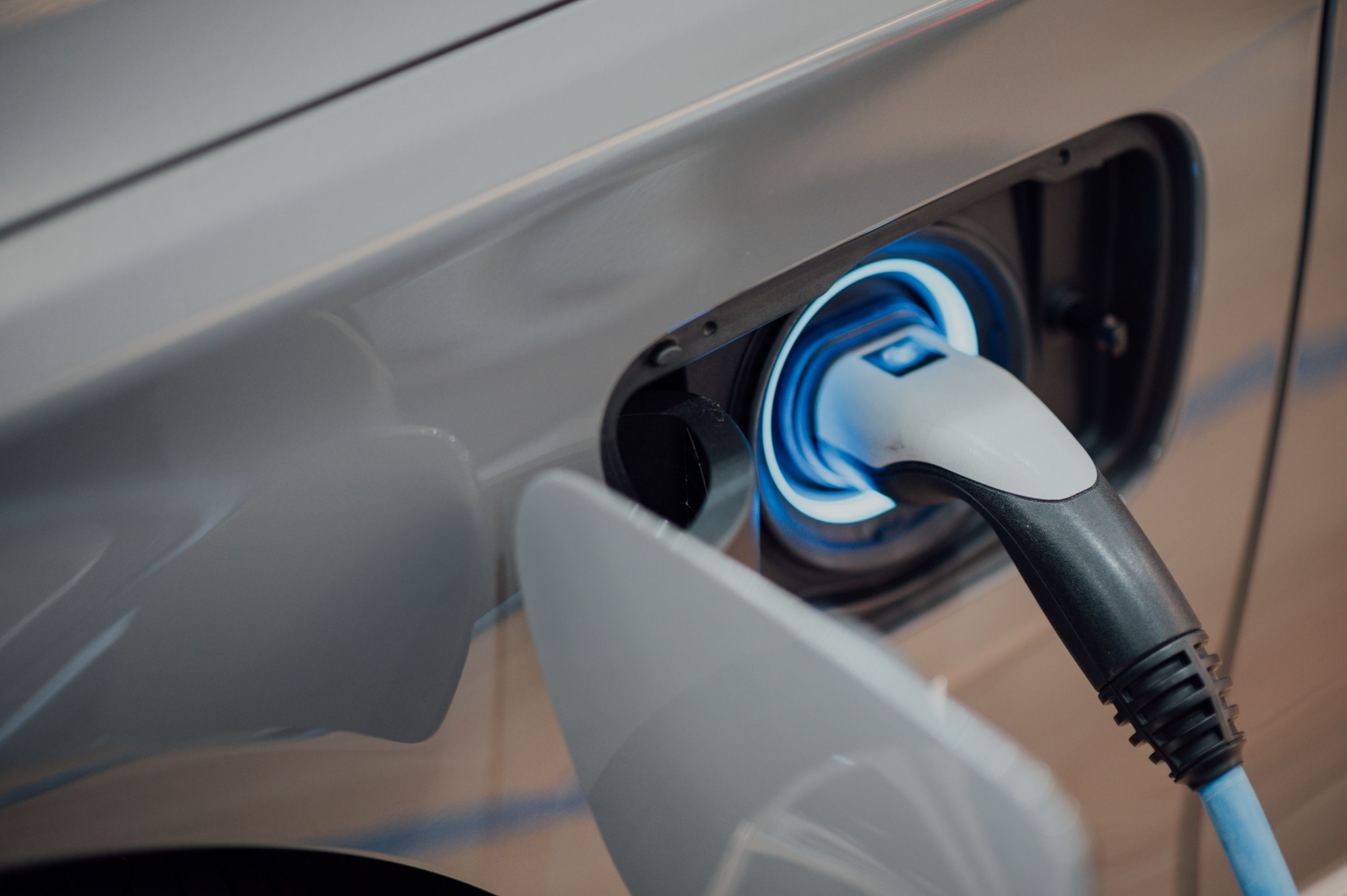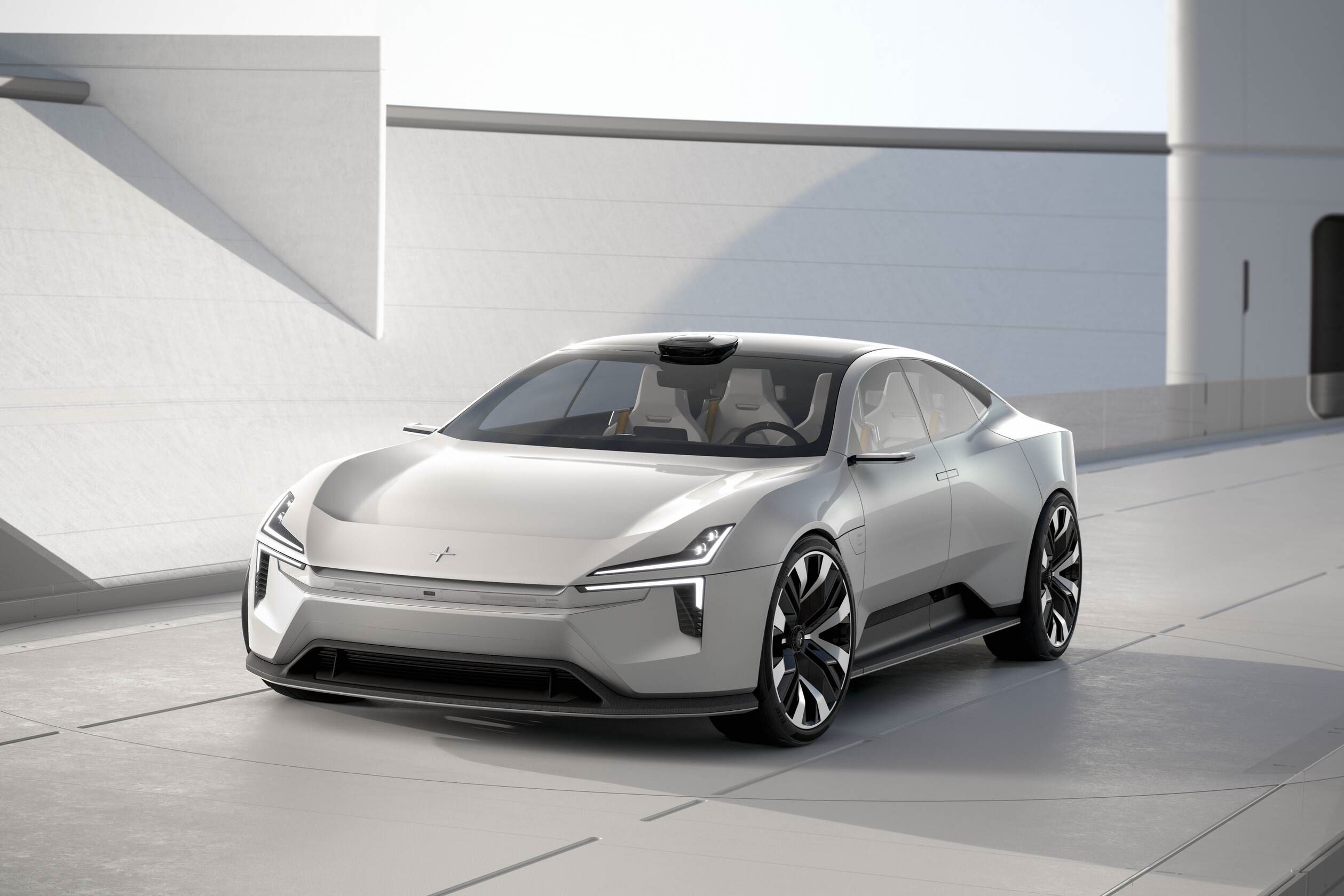Key Takeaways
- Polestar & StoreDot fast-charged a prototype to 80% in 10 min, a breakthrough in EV charging technology.
- StoreDot emerging XFC tech, silicon-dominant cells, and consistent charging rates show promise for future EVs.
- Rapid charging means vehicles could gain 200 miles in 10 minutes, closing gaps with gas cars and reducing charging inconveniences.
Polestar, in conjunction with the battery pioneer StoreDot, has just managed to fast charge a working Polestar 5 prototype from 10-80% in 10 minutes in what is being considered a milestone success for the EV industry. The vehicle made use of StoreDot’s Extreme Fast Charging (XFC) technology, charging at a consistent rate of 310 kW with a peak charge of 370 kW towards the end. While similar times have been achieved in lab environments, the fact this was achieved in a drivable prototype makes this result uniquely important.
“Time is one of life’s greatest luxuries, and as a manufacturer of luxury electric performance cars, we need to take the next step to address one of the biggest barriers to EV ownership – charging anxiety,” said Thomas Ingenlath, Polestar CEO. “With this new technology, on longer journeys when drivers do stop they’ll be able to spend less time charging and be back on the road faster than before. In fact, that stop time will be more akin to what they experience with a petrol car today.”
How It Was Achieved
If you’ve never heard of StoreDot before, that’s not surprising, as a battery company doesn’t usually steal too many headlines. The company has been around for more than a decade attempting to perfect its XFC technology for use in future EVs. The company’s goal is to perfect the EV battery, making it denser, more durable, and most importantly faster to charge. This milestone success with the help of Polestar demonstrates just how far they’ve come, and where we’ll be in just a few short years.

Related
Top 5 Battery Technologies Shaping The Future Of Electric Mobility
Here’s your crash course in basic EV battery technology, from where we started to where we’re heading.
The battery utilized silicon-dominant cells and was arranged in a 77kWh configuration, though the company says it can increase the size up to 100 kWh and potentially even more. The silicon cells have an energy density on par with the cutting-edge Nickel-Manganese-Cobalt cells but have the added benefit of not needing specialist cooling systems to function thanks to a unique structural function that does the job while reducing weight. We’d be interested to know how much weight is actually saved.
At the rate this battery was able to charge, the company says a similar vehicle should be able to add 200 miles in the same timeframe. While most vehicles slow down their rate of charge as they get closer to the end, the fact the Polestar 5 showed an increased speed is quite remarkable, as it shows the system has a very consistent state of charge that hasn’t been seen in production vehicles yet.
10 Minutes Closer To Erasing the Stigma
Both companies hope that vehicles with this system will do wonders to change the negative opinions many consumers currently have about the EVs on the market. It’s a tough sell to tell buyers this is better than that when they’ll have to wait nearly 30 minutes to charge one while the other fills up in five. Short charging times mean someone can stop for a break with their battery 50% full, and be back on the road in just five minutes, closing the gap tremendously.

Related
New Software Claims 25% Faster EV Battery Charging Time
The system is also capable of improving battery life by 30%.
This is what’s so wonderful about the current state of the automotive industry. We haven’t seen this much innovation so quickly since the dawn of the automobile, as companies are all finding unique ways to solve the same problems. If you can marry new battery technology like XFC with further optimized software solutions, we’re in store for massive jumps in capability by the end of the decade. As of right now, StoreDot currently has plans for batteries that can add 100 miles in five minutes in 2024, 100 miles in four minutes in 2026, and 100 miles in six minutes by 2028.
Of course, this is still a prototype run and will need further fine-tuning before we see it in a vehicle, but there’s a chance it could be in Polestar products in the next few years, perhaps in vehicles like the Polestar 2’s successor. Big things are right around the corner.
#Polestar #Cut #Charging #Time #Minutes



